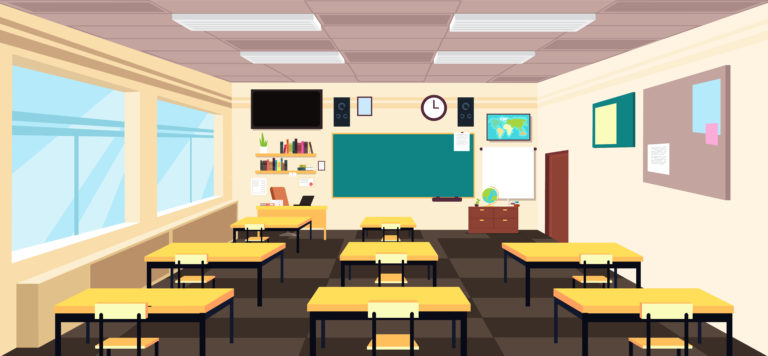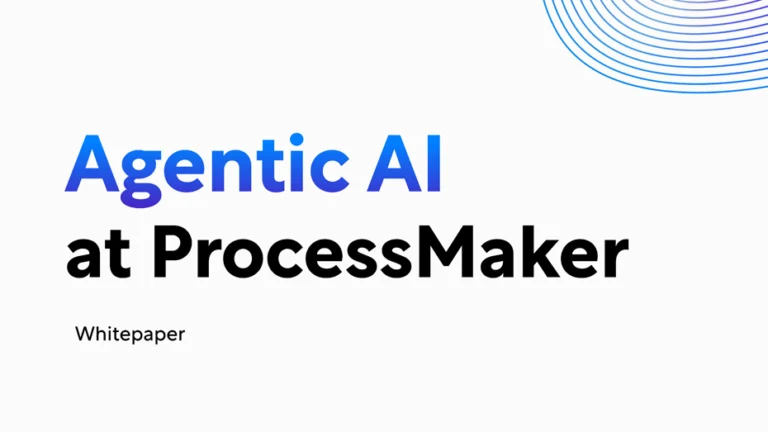Technology’s role in education has become a key player in recent reform. As everything becomes more automated, students need to adapt to educational disruption. EdTech can improve learning to help students become successful in today’s world.
But how does technology affect the way students learn and study? What has changed, and what are the benefits? Below, we will uncover how technology has reshaped the studying experience for students.
A changing landscape
In the last 20 years, educational environments have completely changed. For example, students started bringing their laptops to lectures, public schools abandoned clunky desktops for flat screens, and eventually, students enjoyed their first cell phones.
Today’s student experience looks much different. Sleek laptops are the norm, everyone uses the cloud, and distance education has exploded. Last but not least, now there are apps and even virtual reality (VR) experiences to help students learn. In most elementary schools in the U.S. today, student behavior is monitored and recorded through a mobile app called ClassDojo. It’s a whole different ball game in education today than 15 to 20 years ago.
The way students learn has changed too. One survey found that 74% of students like to study at home, while only 14% say they prefer the library. Furthermore, 81% of students say digital tools have helped improve their grades. Computer literacy, something once considered an elective, separate track, or career path is now a requirement. For Generation Alpha, children born in 2010 and beyond, digital is all they know.
Based on the research, digitization of education is not slowing down anytime soon. Why is this important? The answer lies in two words: Future jobs. New research shows that 85% of the jobs that today’s students will do in 2030 don’t exist yet. Students need to leverage EdTech like apps, VR, and Massive Open Online Courses (MOOCs) to remain competitive.
Immersive learning
Virtual and augmented reality are revolutionizing the learning experience. In fact, the global VR software and hardware market is expected to hit $40 billion by 2020.
Research shows that most people learn by doing. With VR, students gain new skills in a safe environment that improves memory retention. This is especially helpful for medical students, trade school students, or other detail-oriented majors.
With Google’s Expeditions, teachers act as guides for VR trips around the world. Alchemy VR designs breathtaking storytelling for young readers. It’s no surprise that VR schools are on the horizon. These immersive experiences can enable faster learning, better retention, and improved decision-making.
Tailored learning
While schools consisted of textbooks and lectures, today’s classrooms rely on Smart Boards, tablets, apps, and video to help improve the learning experience. Neurodivergent learning, or teaching information to accommodate persons with learning differences, has become more popular in schools. Hiring neurodivergent workers is an upward trend in the workforce, particularly in the tech industry. As teachers explore better ways to serve these students, tech will evolve to meet the growing demand.
With today’s learners as digital natives, teachers realize tech can promote engaged learning. About 60% of students say they are using smartphones for studying. Business Insider indicates this may be due in part to the number of mobile apps available today. Popular ones include Evernote, StudyBuddy, Quizlet, and Duolingo.
One of the greatest opportunities for engaged learning comes in gamification. The Oxford Dictionary defines gamification as “the application of typical elements of game playing to other areas of activity, typically as an online marketing technique to encourage engagement with a product or service.” Many apps today exist to motivate students, including ABCMouse, Raz-Kids, and Grasshopper, Google’s latest coding app for beginners. These apps mimic the fun games kids or adults enjoy playing, with tokens, awards, and game-like features to incentivize learners to do better. Gamification, when used constructively, can be a powerful tool for studying.
The future of learning
Technology evolves quickly providing constant opportunities to improve in education, often more than we can handle at once. We are moving in the direction of “smart campuses,” where digitization and automation are the norm and are used to accelerate education in multiple channels.
Despite the advances, not everyone is reaping the rewards of technology. For many educators, technology can be considered a distraction.
“College students learn less when they use computers or tablets during lectures,” says Susan Dynarski to The New York Times, a professor of Education, Public Policy, and Economics at the University of Michigan. “They also tend to earn worse grades.” This research is further supported by other studies, including those conducted by the following: Michigan State University, Princeton, York University, University of Waterloo, and the United Arab Emirates University.
While technology can indeed be distracting for students, not everyone is distracted. Technology is neutral; its use, misuse, and abuse is contingent upon those who use technology in a way that is unhealthy. Don’t want to focus in class? You will be distracted by the “noise” of today between fake news, social media, and ads. For students committed to learning, technology is a powerful way to promote engaged learning.
“The next generation of learners will meet and surpass the next generation’s expectations of educational standards. Those standards will only be met if faculty and administrators today establish the infrastructure of learning technology in the classroom,” writes Ben McNeely to EDUCAUSE, senior managing editor of North Carolina State University’s student newspaper, Technician.
Ultimately as technology evolves, more resources will enable better learning. The challenges are obvious, between tech’s accessibility factor, the prevalence of tech today in interpersonal life, and its influence in the booming job market. If students and educators alike can work together to prioritize how technology can help promote better learning and studying in this new world, education can survive digital disruption. This will ultimately help prepare students for their future careers.
Is your school struggling to keep up with technology and student demands? ProcessMaker helps schools improve and automate cross-campus workflows to run more efficiently. Check out our enterprise workflow solution for education at www.processmaker.com.
About ProcessMaker
ProcessMaker is a low-code business process management and workflow software. ProcessMaker makes it easy for business analysts to collaborate with IT to automate complex business processes connecting people and existing company systems. Headquartered in Durham, North Carolina in the United States, ProcessMaker has a partner network spread across 35 countries on five continents. Hundreds of commercial customers, including many Fortune 100 companies, rely on ProcessMaker to digitally transform their core business processes enabling faster decision making, improved compliance, and better performance.


